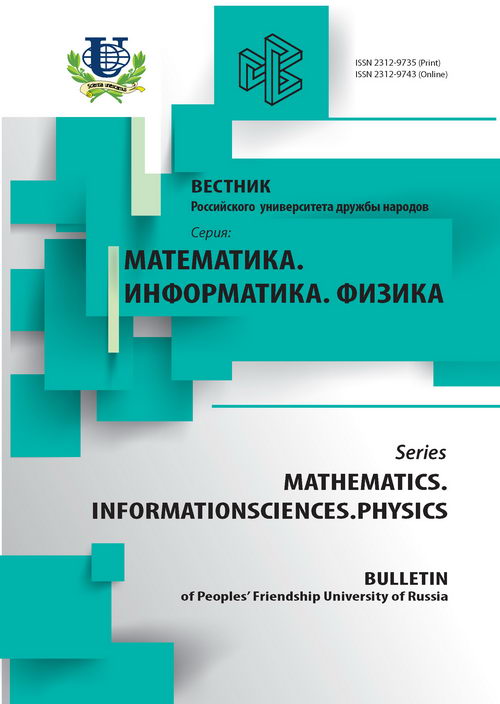On Generalized Mixed-Additive Regression Models with Spatially Structural Risk Factors
- Authors: Shchetinin E.Y.1
-
Affiliations:
- Moscow State Technology University “STANKIN”
- Issue: No 3 (2014)
- Pages: 99-106
- Section: Articles
- URL: https://journals.rudn.ru/miph/article/view/8235
Cite item
Full Text
Abstract
An identifying of associated risk factors which enhance the risk of infection is the most intensively growing field of epidemiology. But too little investigations considered the spatial structure of the data, as well as possible nonlinear effects of the risk factors. We developed a bayesian spatial semi-parametric regression model for cholera epidemic data. Model estimation and inference is based on fully Bayesian approach via Markov Chain Monte Carlo (MCMC) simulations. The model is applied to cholera epidemic data from Ghana, Africa. Proximity to refuse dumps, density of refuse dumps, and proximity to potential cholera reservoirs were modeled as continuous functions; presence of slum settlers and population density were modeled as fixed effects, spatial references to the communities were modeled as structured and unstructured spatial effects. We found out that the risk of cholera is associated with slum settlements and high population density. The risk of cholera is equal and lower for communities with fewer refuse dumps, but variable and higher for communities with more refuse dumps. The risk is also lower for communities distant from refuse dumps and potential cholera reservoirs. The results also indicate distinct spatial variation in the risk of cholera infection.
About the authors
Eu Yu Shchetinin
Moscow State Technology University “STANKIN”
Email: riviera-molto@mail.ru
Department of Applied Mathematics
References
















